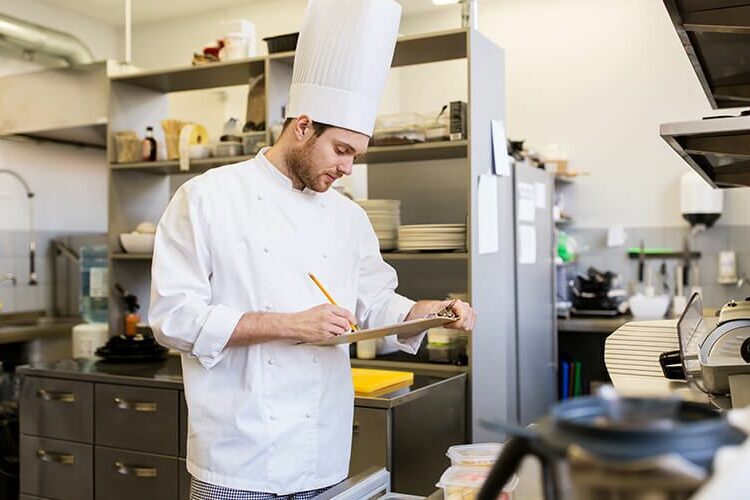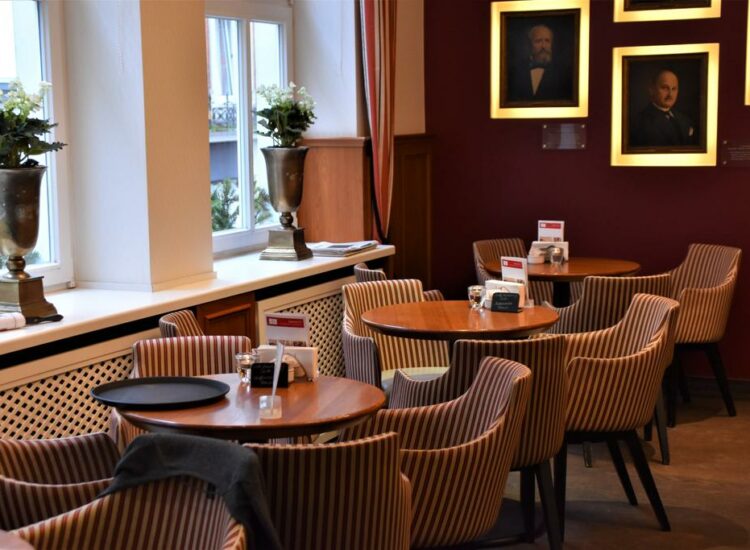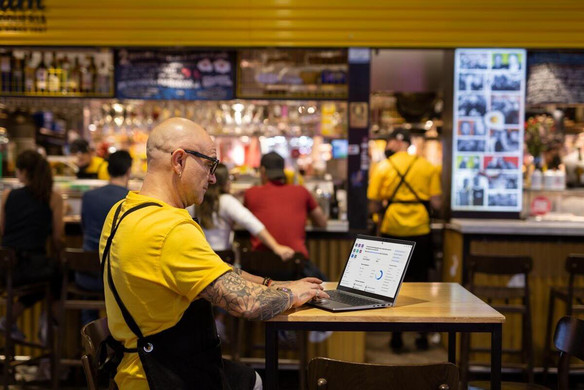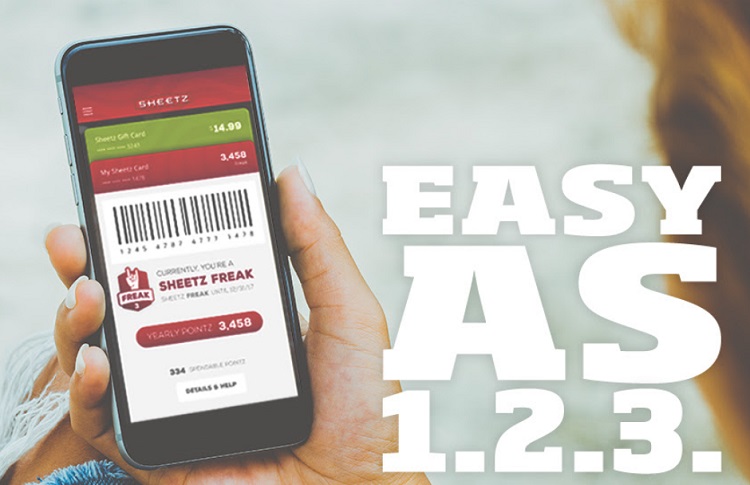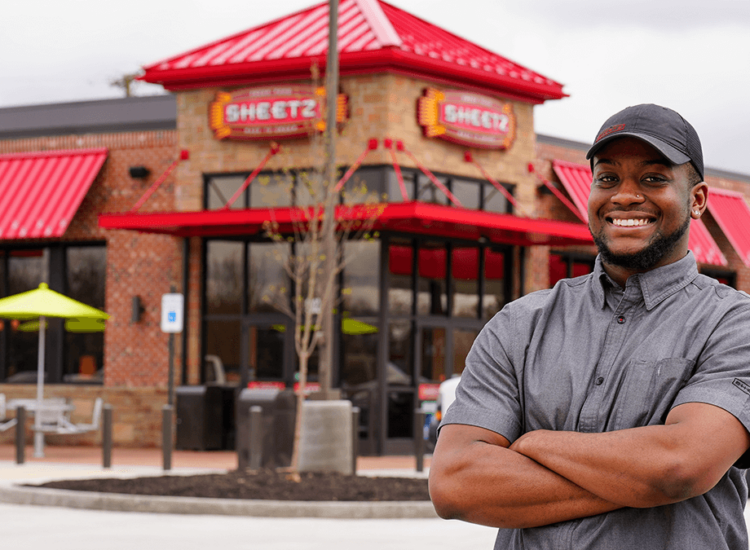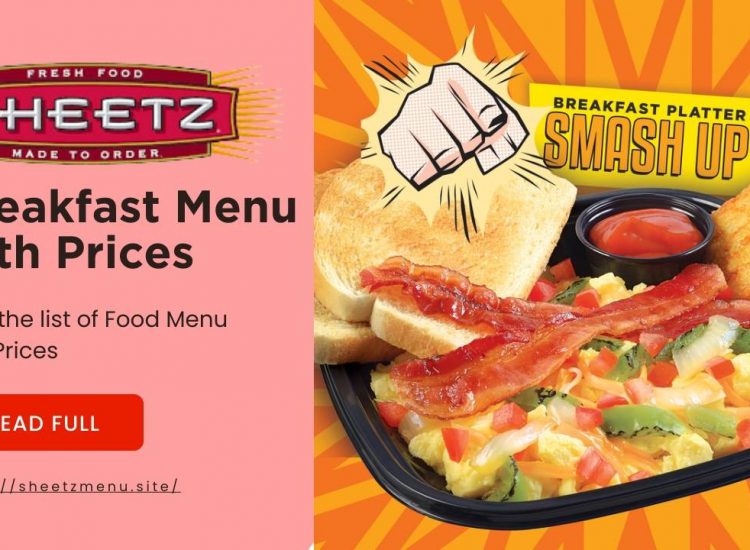In the fast-paced world of the restaurant industry, efficiency and accuracy are paramount. This is where a robust restaurant POS system comes into play. Designed to streamline operations, improve customer service, and ultimately boost the bottom line, a good POS system is a game-changer for any restaurant owner. In this comprehensive guide, we’ll explore the key features of restaurant POS systems, their importance, and how to choose the right one for your business. Additionally, we’ll provide a comparative analysis with other popular POS systems to help you make an informed decision.
Toc
Introduction to Restaurant POS Systems
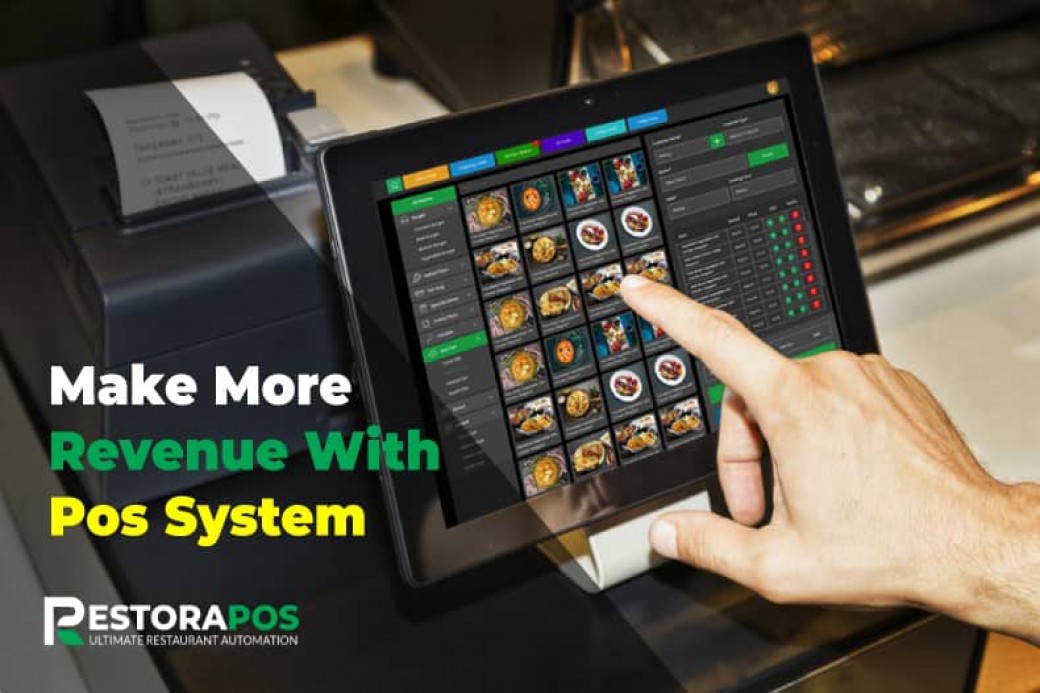
A restaurant POS (Point of Sale) system is a critical tool that helps manage various aspects of a restaurant’s operations including order management, billing, and inventory control. Modern POS systems go beyond mere transaction processing; they offer a suite of features that enhance efficiency, accuracy, and customer satisfaction. These include table management, menu customization, reporting and analytics, and integration with other restaurant technologies. With the right POS system in place, restaurants can streamline workflows, reduce manual errors, and improve overall business performance.
What is a Restaurant POS System
A restaurant POS system serves as the backbone of a restaurant’s operational workflow. It consists of both hardware and software components designed to facilitate a range of activities. The hardware typically includes terminals, receipt printers, barcode scanners, and payment processors, while the software manages sales transactions, tracks inventory, and provides insights into employee performance and customer preferences.
The effectiveness of a POS system lies in its ability to process payments swiftly and accurately, ensuring that customers have a seamless dining experience. Additionally, the data collected through the system can be invaluable for making informed business decisions, such as identifying popular menu items or assessing peak hours of operation. In an era where customer expectations are high, a reliable POS system is essential for maintaining competitiveness and delivering exceptional service.
The Importance of a Good POS System in the Restaurant Industry
The restaurant industry is highly competitive, and customer satisfaction is key to success. A good POS system can help you deliver exceptional service by reducing wait times, minimizing order errors, and providing valuable insights into customer preferences. Furthermore, it enables easier tracking of inventory levels and sales data, allowing for better decision-making when it comes to menu planning, pricing strategies, and staffing. Additionally, with features such as online ordering and contactless payments becoming increasingly popular in the post-pandemic era, a modern POS system is essential to staying ahead of the curve.
Key Features to Consider of a Restaurant POS System
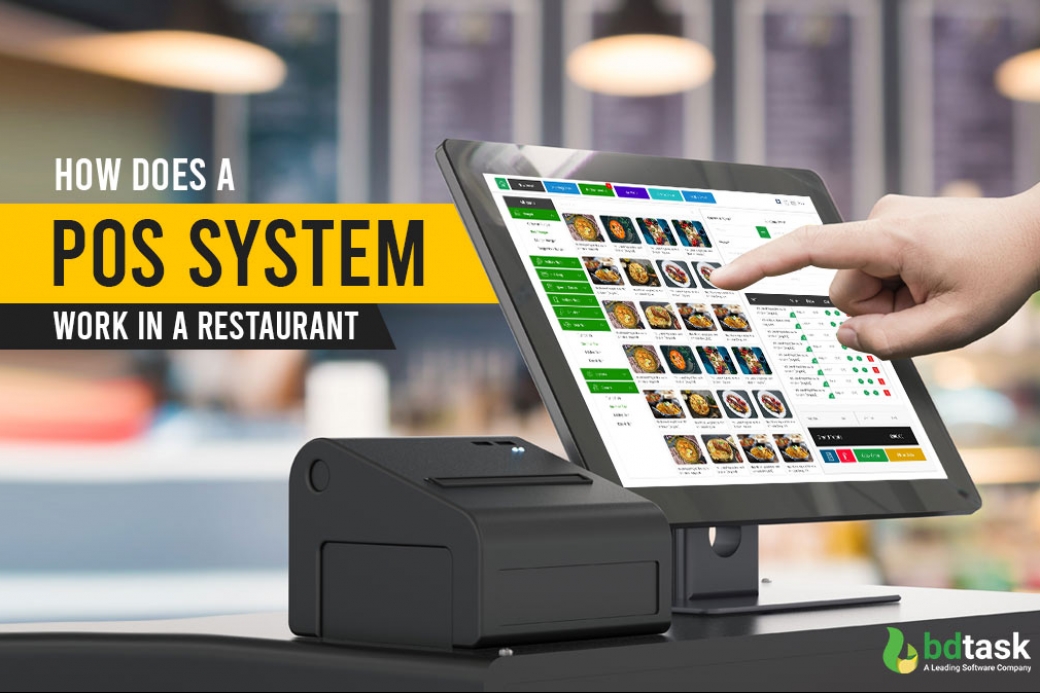
When choosing a POS system for your restaurant, here are some key features to look out for:
User-Friendly Interface
A user-friendly interface is crucial for any restaurant POS system, as it directly impacts the speed and efficiency of staff operations. The ideal interface should be intuitive, enabling employees to navigate through the system with minimal training. Touchscreen capabilities, customizable layouts, and easily accessible functions can greatly enhance the user experience, allowing staff to quickly enter orders, process payments, and manage tables. A system that prioritizes ease of use will not only improve service delivery but also reduce the likelihood of errors during busy service hours.
Inventory Management
Integrating robust inventory management features is another essential aspect of a POS system. Effective inventory management allows restaurant owners to track stock levels in real-time, set low-stock alerts, and analyze purchasing trends. This helps in minimizing food waste and ensuring that popular menu items are always available. Moreover, many modern POS systems provide detailed reports on inventory usage, helping to inform purchasing decisions and optimise supplier relationships.
Integration Capabilities
A powerful restaurant POS system should also offer integration capabilities with other technology platforms that your restaurant may use. Whether it’s accounting software, employee scheduling tools, or third-party delivery services, having these systems work together smoothly can enhance overall operational efficiency. Integration not only simplifies workflows but also centralises data, ensuring that all areas of the business are informed and aligned.
1. https://sheetzmenu.xyz/mmoga-maintaining-high-standards-a-guide-to-restaurant-health-scores/
2. https://sheetzmenu.xyz/mmoga-navigating-the-path-to-sustainable-restaurant-profit-margins/
3. https://sheetzmenu.xyz/mmoga-the-ultimate-guide-to-restaurant-furniture-for-restaurant-owners/
Reporting and Analytics
Finally, robust reporting and analytics functionalities allow restaurant owners to make data-driven decisions. By providing insights into sales trends, customer behaviour, and employee performance, a good POS system can highlight areas for improvement and growth. Customizable reports can assist in identifying peak times, popular dishes, and overall financial health, enabling strategic planning for the future.
By considering these features and aligning them with your restaurant’s specific needs, you can choose a POS system that not only meets operational requirements but also drives business success.
Choosing the Right Restaurant POS System for Your Business
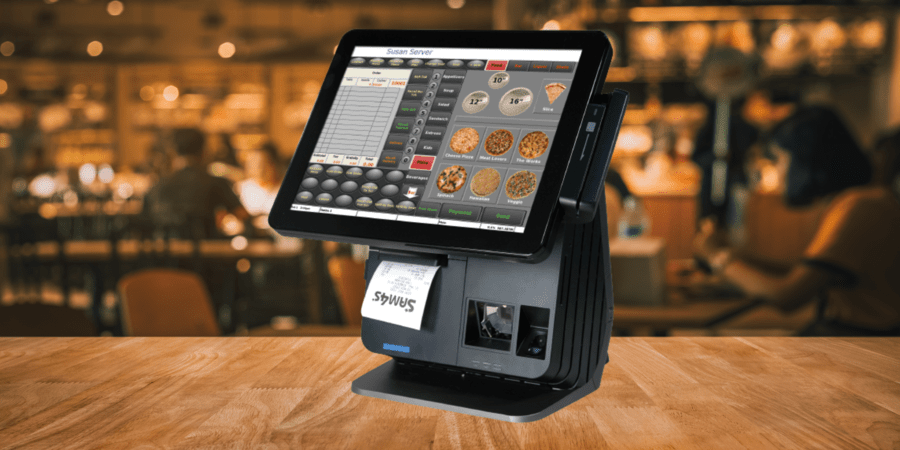
With a variety of POS systems available in the market, selecting the right one may seem overwhelming.
Importance of Choosing the Right Restaurant POS
Choosing the right POS system can drastically improve your restaurant’s efficiency and profitability. The right system will streamline operations, provide valuable insights through data analytics, and enhance the customer experience. Conversely, a poorly chosen POS can lead to inefficiencies, errors, and ultimately, lost revenue. Therefore, it is crucial to carefully evaluate and compare different options before making a decision.
To narrow down your options, here are some factors to consider:
Type of Restaurant
Different types of restaurants have different needs when it comes to POS systems. For instance, a fast food restaurant may require a system that can handle high volumes of transactions quickly, while fine dining establishments may prioritize customization and table management features. Consider the type of restaurant you own and its specific needs when evaluating POS options.
Scalability
As your business grows, so will its requirements for a POS system. It’s essential to choose a system that can scale with your business and accommodate new features and integrations as needed. This not only minimizes the need for frequent upgrades but also future-proofs your investment.
Budget
POS systems vary in cost, so it’s crucial to determine how much you’re willing to spend before beginning your search. Keep in mind that cheaper options may not offer all the necessary features, while more expensive systems may have additional functionalities that your restaurant doesn’t require. Find the balance between affordability and functionality that best suits your business needs.
Customer Support
A good POS system should come with reliable customer support in case of any technical issues or questions. Research the level of support offered by different providers, including response times, availability, and user reviews. A system with accessible customer support can save you time and hassle in the long run.
Comparative Analysis of Popular POS Systems
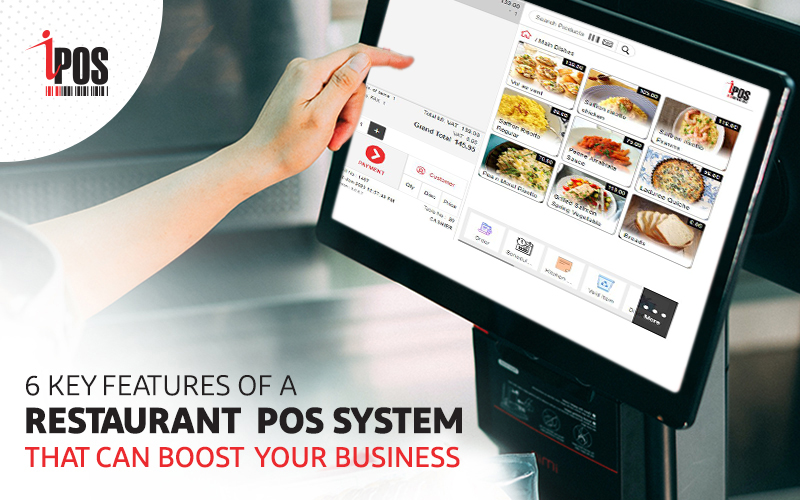
To help you in the decision-making process, here is a comparative analysis of three popular restaurant POS systems:
1. https://sheetzmenu.xyz/mmoga-maintaining-high-standards-a-guide-to-restaurant-health-scores/
2. https://sheetzmenu.xyz/mmoga-the-ultimate-guide-to-restaurant-furniture-for-restaurant-owners/
3. https://sheetzmenu.xyz/mmoga-navigating-the-path-to-sustainable-restaurant-profit-margins/
1. Toast POS
Toast is a highly customizable system tailored for full-service restaurants, cafes, bars, and food trucks. Key features include:
- User Interface: Intuitive and easy-to-navigate design enhances user experience for staff and management.
- Inventory Management: Real-time tracking of inventory levels to prevent stockouts and reduce waste.
- Integration Capabilities: Seamlessly connects with third-party applications, including accounting software and online ordering platforms.
- Customer Support: 24/7 assistance available via phone and email, ensuring help is always at hand.
- Pricing: Competitive pricing structure with options for different restaurant sizes and needs.
- Reports & Analytics: Robust analytics tools for tracking sales, employee performance, and customer trends.
2. Square POS
Square is a favored choice among small businesses for its affordability and user-friendly features. Key aspects include:
- Ease of Use: Simple setup process, making it accessible for users with minimal technical knowledge.
- Basic Features: Includes order taking, table management, and essential reporting functionalities.
- Customization: Limited options for customization, which may not meet the needs of larger establishments.
- Customer Support: 24/7 support through phone and email for any issues that arise.
- Pricing Structure: Transparent fees with no monthly contracts, ideal for small businesses.
- Payment Processing: Quick and easy payment processing, including contactless options.
3. Clover POS
Clover POS is recognized for its flexibility and diverse hardware options, catering to various restaurant types. Important features include:
- Hardware Options: Multiple hardware choices, such as mobile and countertop systems, to fit different restaurant layouts.
- Employee Management: Tools for scheduling, time tracking, and payroll management.
- Customer Loyalty Programs: Built-in loyalty programs help businesses retain customers and encourage repeat visits.
- Payment Processing: Integrated payment processing with support for multiple payment types, including EMV and NFC.
- Integration Support: Extensive integrations with other essential software, such as accounting and marketing tools.
- Customer Support: 24/7 assistance available through phone and online chat, ensuring quick response to inquiries.
- Pricing: Flexible pricing plans tailored for different business sizes and types.
Case Studies and Testimonials
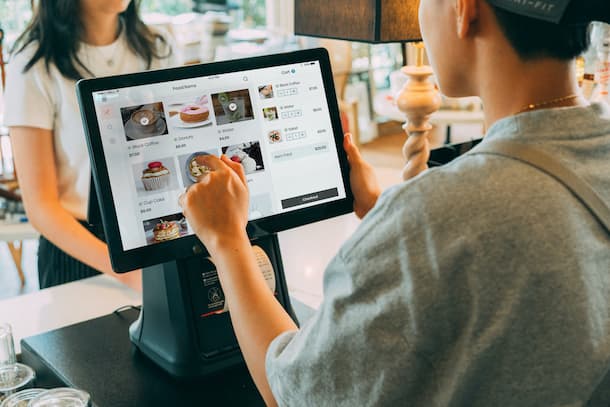
To get a better understanding of how these POS systems have improved restaurant operations, here are some real-life case studies.
Case Study 1: Sweet Treats Bakery
Sweet Treats Bakery, a bustling café renowned for its artisanal pastries and coffee, struggled with long wait times and order inaccuracies during peak hours. After implementing the Toast POS system, they saw immediate improvements. The intuitive user interface allowed staff to take orders quickly and accurately, which reduced customer wait times by 30%. Real-time inventory management features enabled them to monitor ingredient levels and adjust orders accordingly, minimising waste and ensuring fresh stock. Additionally, with the integration of customer loyalty programs, the café experienced a 25% increase in repeat customers within the first three months. This case exemplifies how the right POS system can transform operations and enhance customer satisfaction.
Case Study 2: The Rustic Grill
The Rustic Grill, a family-owned restaurant, faced challenges in tracking sales and managing their staffing schedules. By switching to Clover POS, they gained access to advanced reporting and analytics tools that provided invaluable insights into peak dining hours and staff performance. This data-driven approach allowed them to optimise employee shifts, resulting in a 15% reduction in labour costs. Furthermore, the customer loyalty program feature encouraged diners to return, improving overall sales by 20%. The transition to Clover POS not only streamlined their operations but also fortified their customer engagement strategies.
Testimonials from satisfied customers
- “After switching to Toast POS, our inventory management has become much more efficient. We can easily track ingredients and menu items in real-time, reducing waste and saving us money.” – Restaurant Manager at XYZ Cafe
- “Square’s user-friendly interface has made training new staff members a breeze. We’ve also seen an increase in customer satisfaction since implementing Square’s table management feature.” – Owner of ABC Fine Dining Restaurant
- “Clover POS has helped us streamline our online ordering process through integration with our website and delivery platforms. Our sales have significantly increased as a result.” – Owner of 123 Fast Food Restaurant
Conclusion
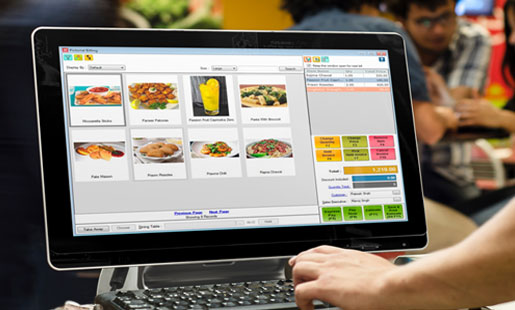
In today’s competitive restaurant landscape, the right POS system can be a game-changer. Each system discussed—Toast, Square, and Clover—offers unique features that cater to different needs, whether it’s enhancing customer experience through intuitive interfaces, providing essential functionalities for small businesses, or offering flexible solutions suitable for various restaurant types. The case studies illustrate real-world improvements in efficiency, customer satisfaction, and overall profitability that can be achieved by leveraging these technologies. As restaurant owners evaluate these systems, it’s crucial to consider their specific operational requirements, budgetary constraints, and growth potential to select a POS solution that aligns seamlessly with their business goals. Ultimately, investing in a robust POS system is not just about point-of-sale transactions; it’s about building a foundation for long-term success in the ever-evolving foodservice industry.

